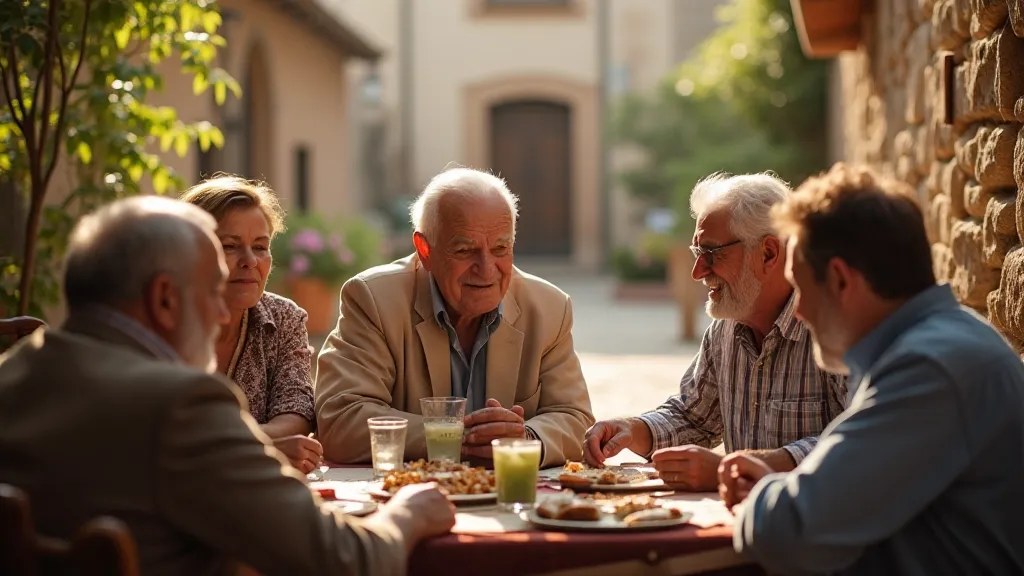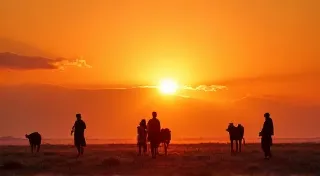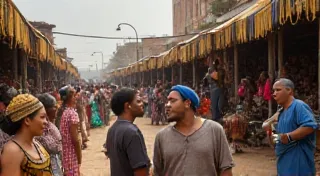Storytelling in Andalusia, Spain: Flamenco, Romance, and Moorish Influence
Andalusia, Spain, a sun-drenched land in the southern tip of the Iberian Peninsula, boasts a vibrant and complex storytelling tradition shaped by centuries of diverse cultural exchange. More than just narratives, Andalusian storytelling is deeply intertwined with music, dance, and poetic expression, offering a unique window into the region’s rich cultural heritage. This article explores the significant influences of flamenco, romance poetry, and the enduring legacy of Moorish history on the oral traditions of Andalusia.
The Echoes of Al-Andalus: Moorish Influence
For nearly 800 years, Andalusia was under Moorish rule, leaving an indelible mark on its language, architecture, and, crucially, its storytelling. Many traditional Andalusian tales, known as cuentos, incorporate Arabic motifs, characters, and moral lessons. The maqamat, a classical Arabic literary form consisting of prose narratives interspersed with rhyming poetry, profoundly influenced Andalusian storytelling structures. Themes of destiny, the power of the unseen, and the complexities of human relationships resonate in many cuentos, carrying echoes of Islamic literary traditions.

Furthermore, the concept of nasheed, a form of Islamic devotional song poetry, influenced the rhythmic and lyrical quality of Andalusian narratives, often delivered in a captivating and emotionally charged manner. The subtle integration of proverbs and folk wisdom, commonly found in Arabic storytelling, also found its way into the cuentos of Andalusia.
The Rise of Romance: Poetry and Passion
Following the Reconquista, the Christian reconquest of Andalusia, the region experienced a cultural shift, but the blending of cultures continued. The influence of the romance, a poetic form characterized by its melancholic tone and themes of love, loss, and chivalry, became deeply embedded in Andalusian storytelling. These romances, often set to music, were frequently passed down orally, further solidifying the connection between poetry and storytelling.
The recurring themes of unrequited love, tragic fate, and heroic struggles are powerfully portrayed in many Andalusian narratives. The romances often depict the suffering of the marginalized, particularly women, echoing the societal struggles of the time. The poetic language and emotionally charged delivery contributed significantly to the dramatic impact of these stories.
Flamenco: Dance, Music, and Narrative
Perhaps the most iconic and recognizable element of Andalusian culture is flamenco. Flamenco isn't merely a dance or a musical style; it's a deeply expressive art form that embodies the spirit of Andalusia and serves as a powerful vehicle for storytelling. The cante jondo (deep song), the soul of flamenco, narrates tales of suffering, injustice, and resilience, often rooted in historical events and personal tragedies.
The palos (flamenco forms), each with its own rhythm, melody, and thematic focus, provide a framework for storytelling. For example, the soleá often explores themes of solitude and lament, while the alegrías celebrate joy and vitality. The dancers’ movements, the guitarist’s chords, and the singer’s passionate vocals all work together to convey the emotional core of the story.

Themes and Legacy
Across these various influences, certain themes consistently emerge in Andalusian storytelling. Love, in its many forms – romantic, familial, and platonic – is a central focus. Loss, often intertwined with themes of honor, betrayal, and injustice, is a recurring motif. The resilience of the Andalusian people, their ability to persevere through hardship and maintain their cultural identity, is also powerfully portrayed in these narratives.

Today, Andalusian storytelling continues to thrive, passed down through generations and adapted to contemporary contexts. While facing the challenges of modernization and globalization, the region's oral traditions remain a vital expression of its unique cultural heritage, a testament to the enduring power of storytelling to connect us to our past and inspire us for the future.





